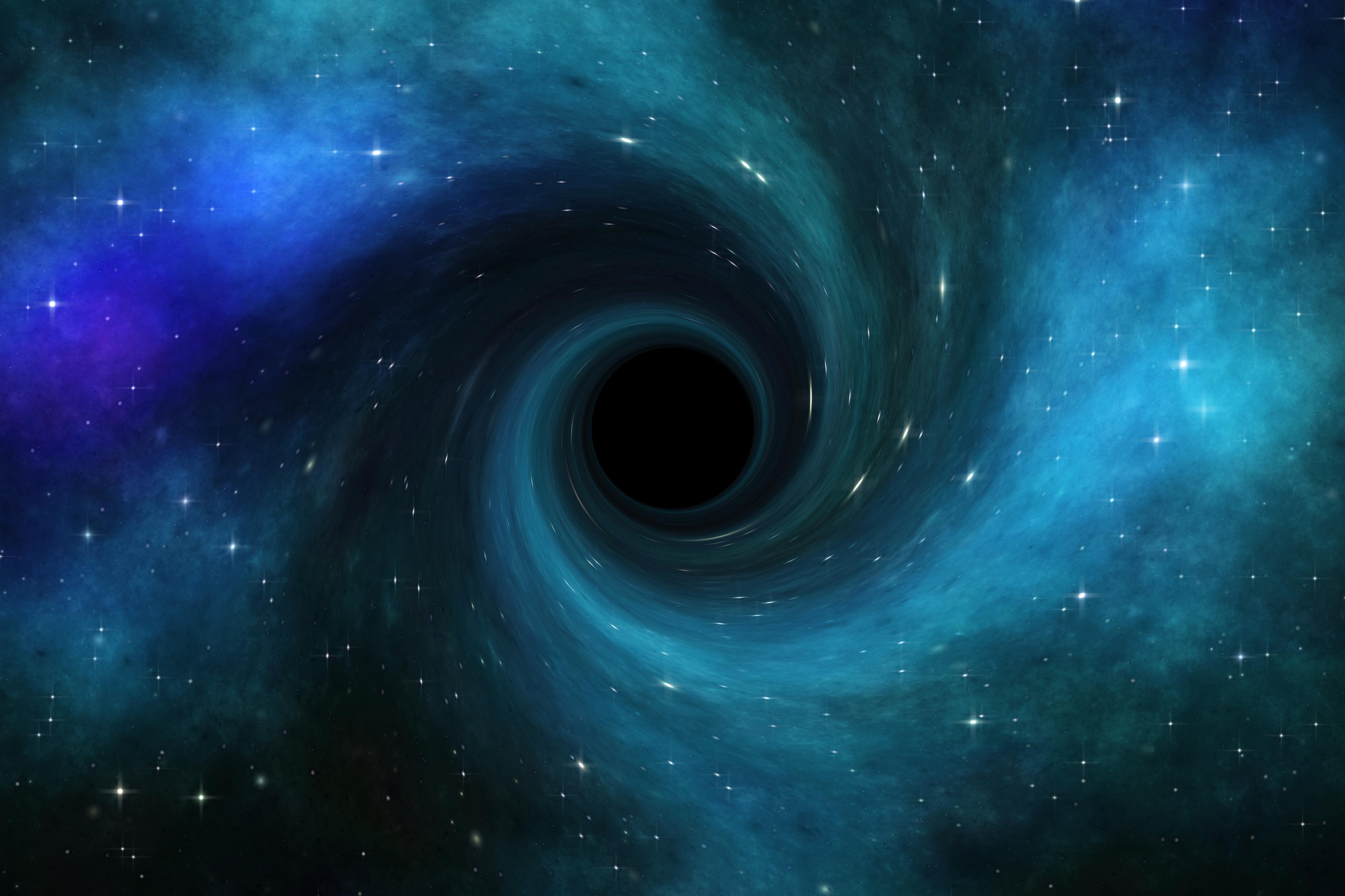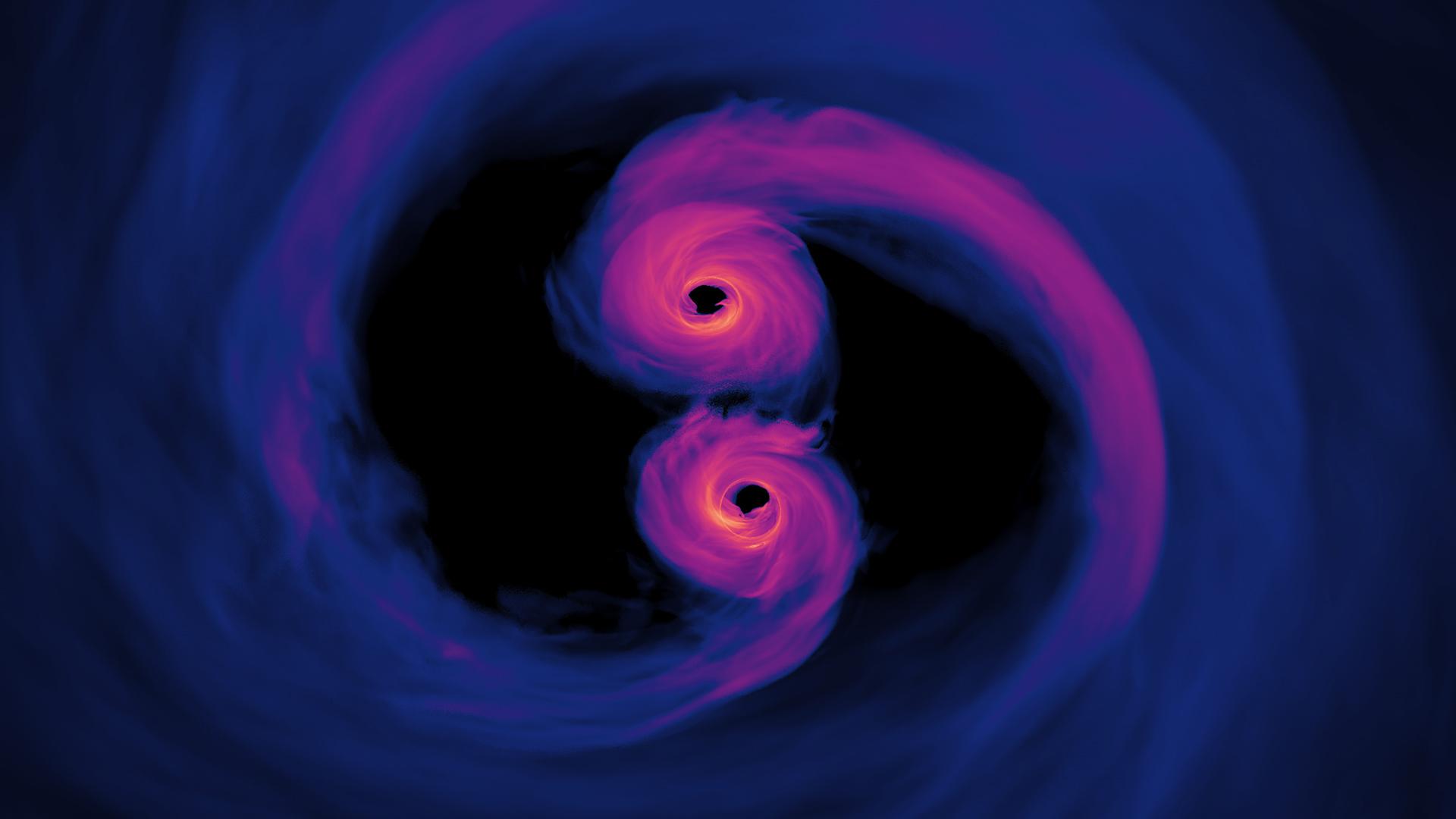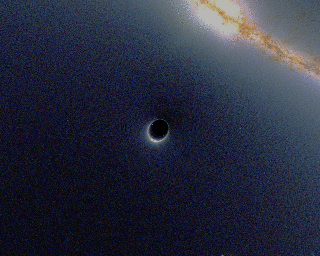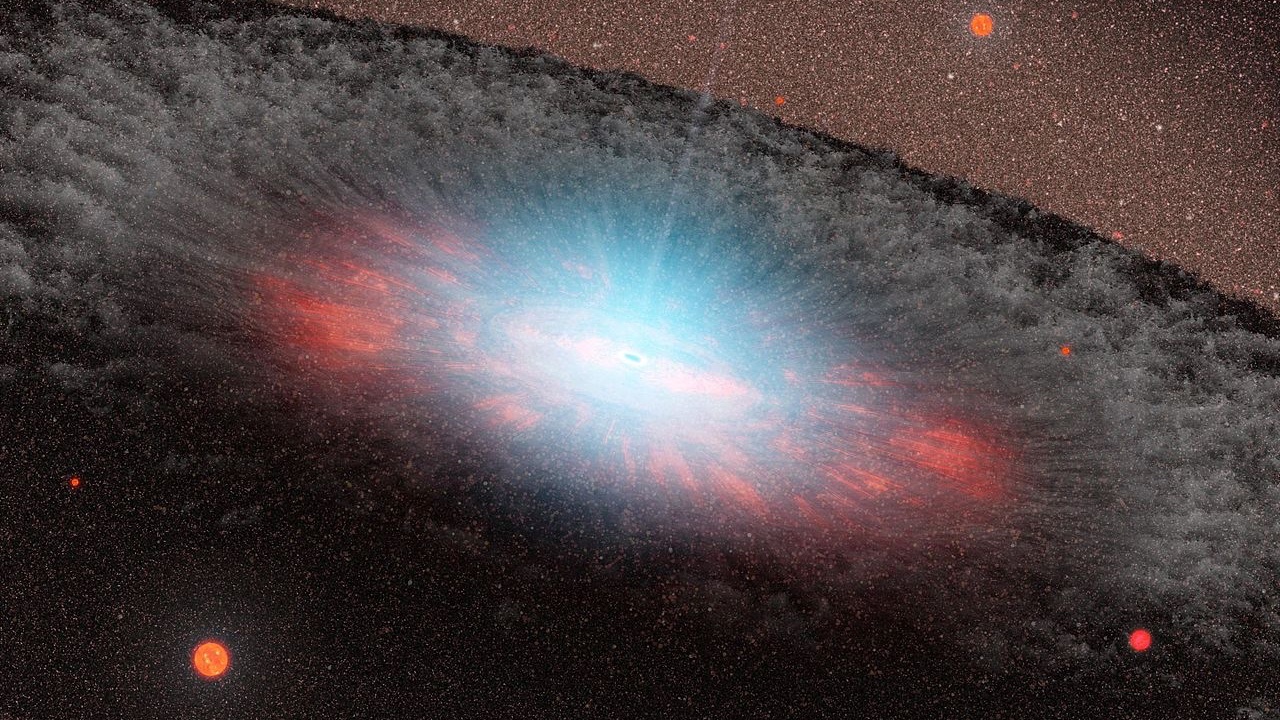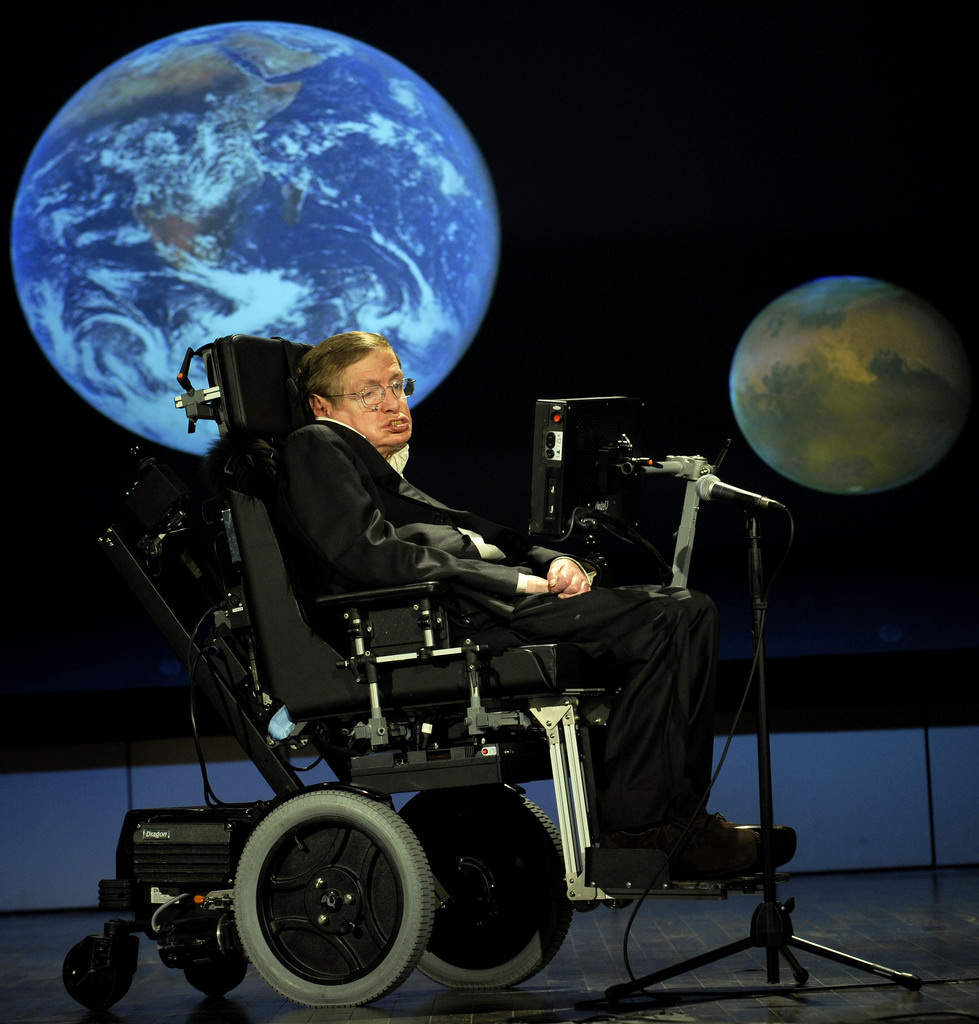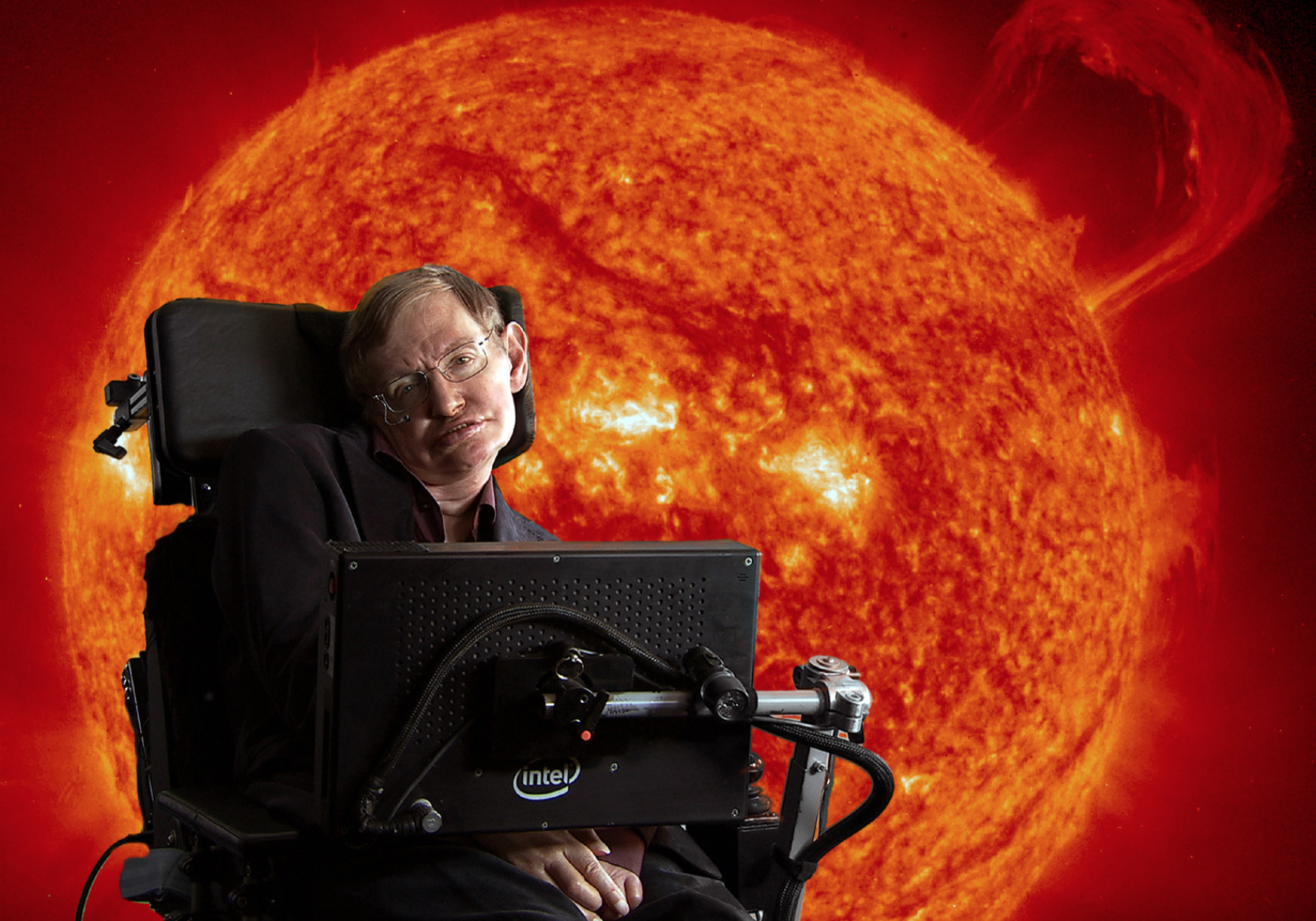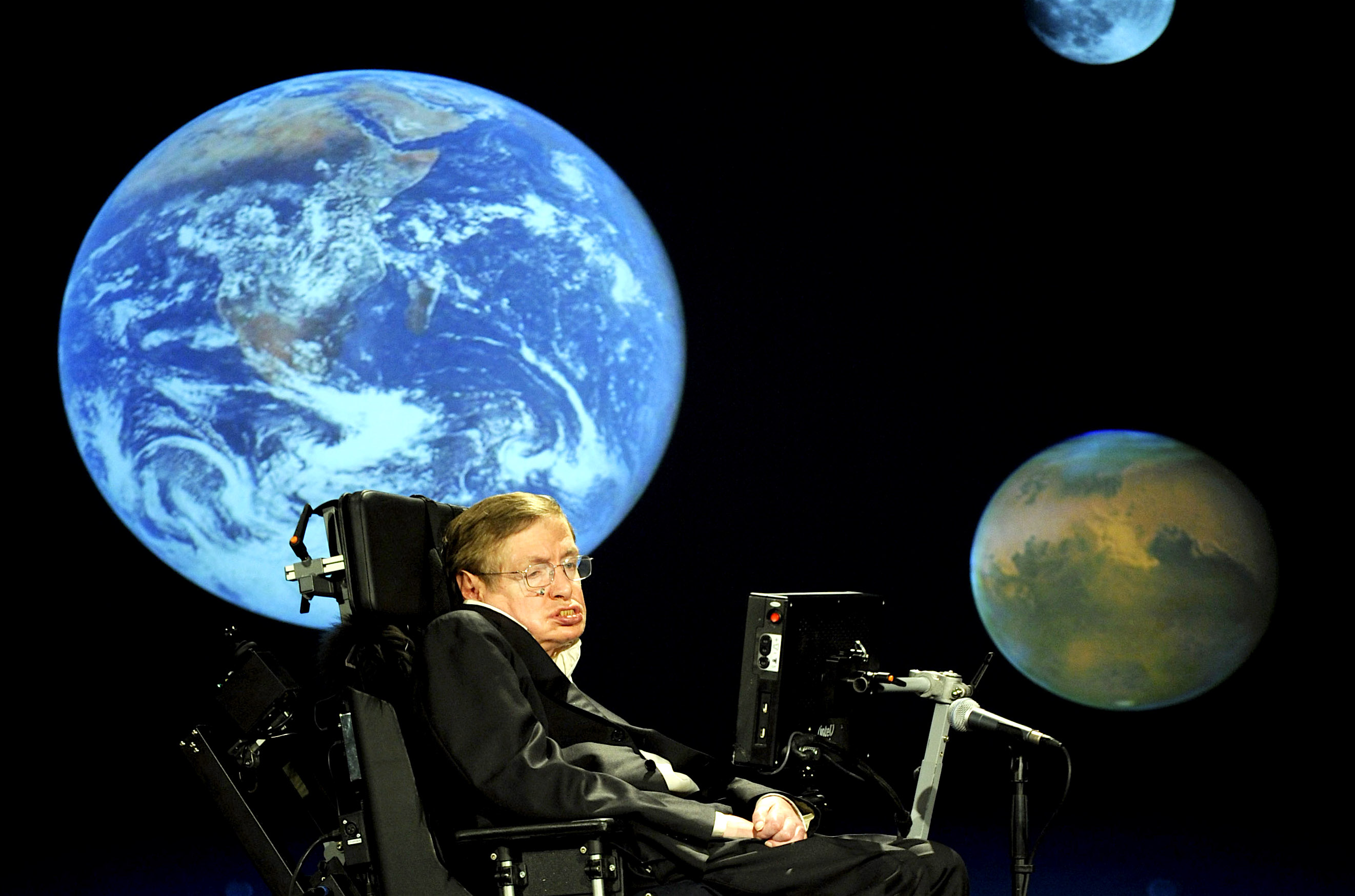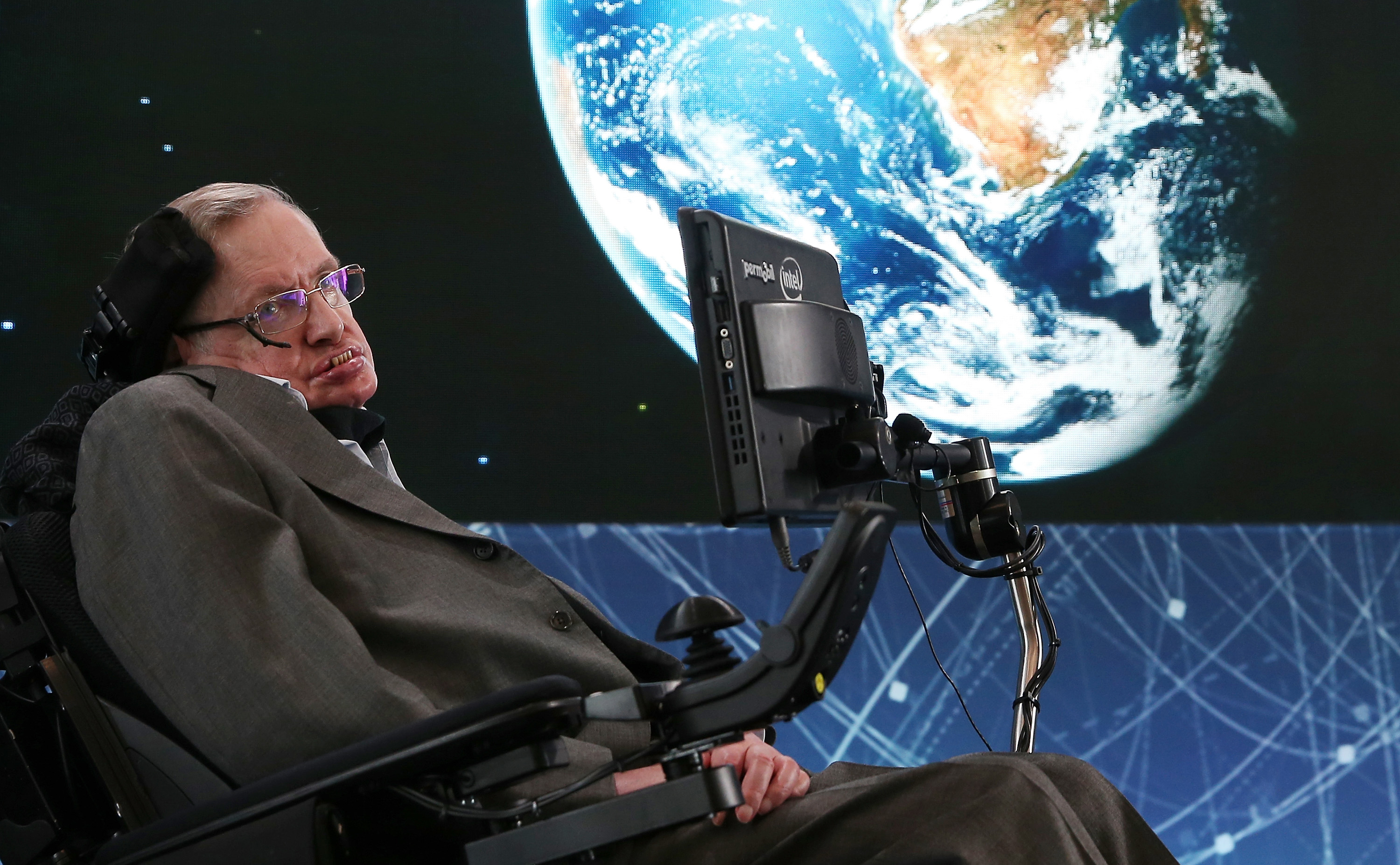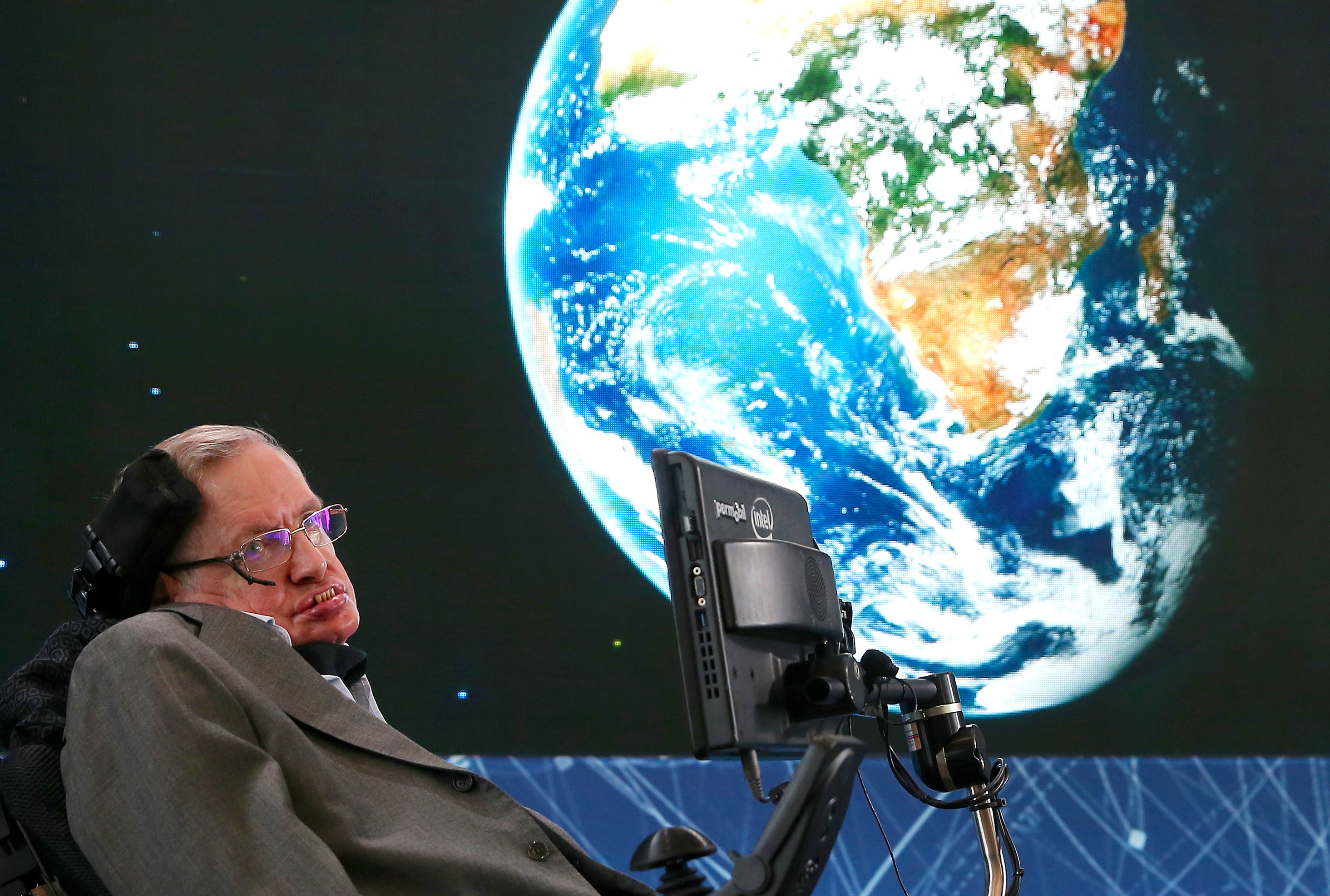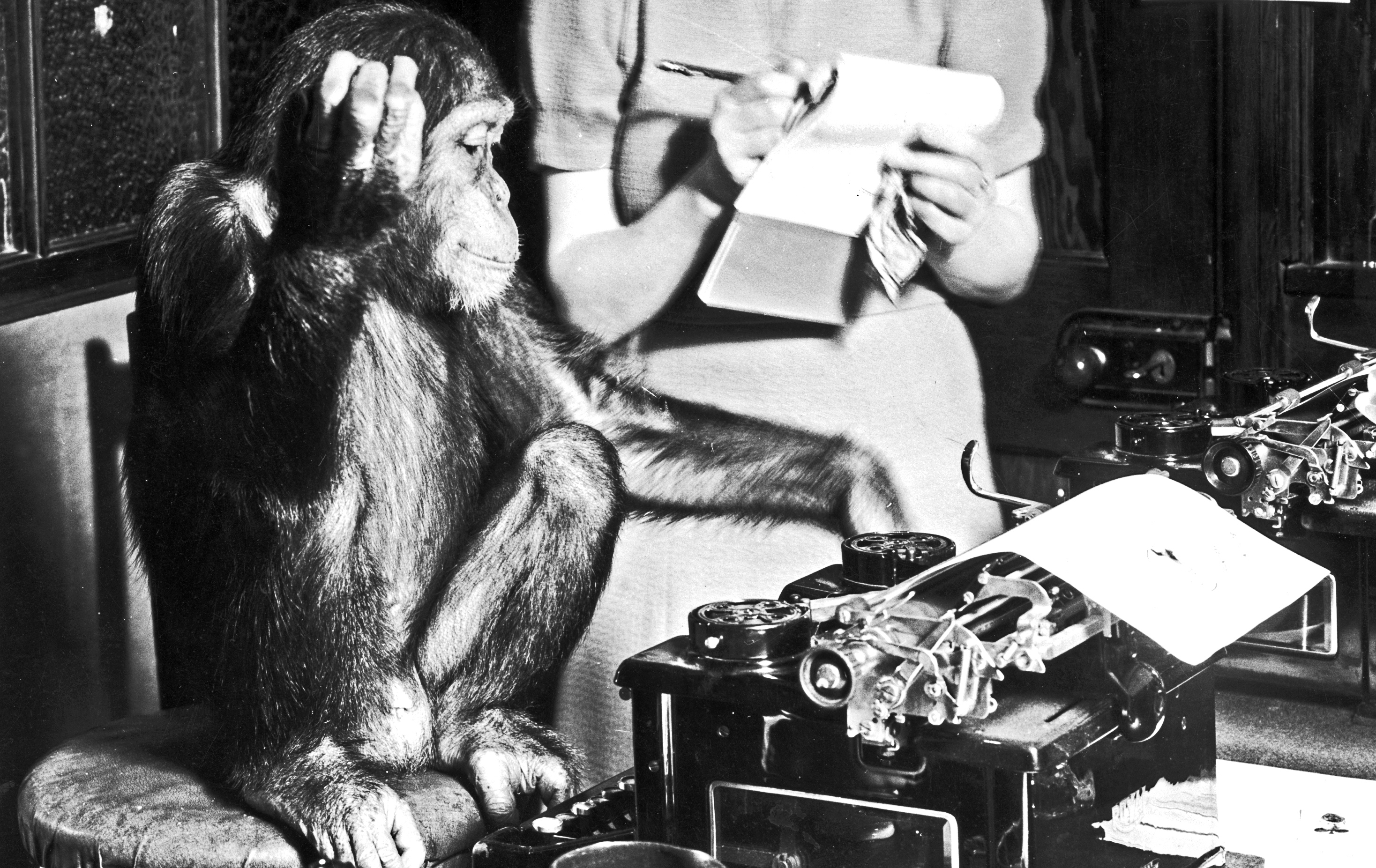stephen hawking
A new study proposes that Hawking radiation could be used to find dark matter in places like primordial black holes.
An analysis of the gravitational wave data from black hole mergers show that the event horizon area, and entropy, always increases.
Sir Roger Penrose claims our Universe has been through multiple Big Bangs, with more coming — a claim that is not widely accepted within the cosmology community.
The outer edges of a black hole might be “fuzzy” instead of neat and smooth.
One of Stephen Hawking’s predictions seems to have been borne out in a man-made “black hole.”
The end of the world is the main focus of his new book.
Renowned scientists and technologists who’ve passed away in 2018.
Breakthrough Starshot is moving ahead with an audacious vision for space exploration.
Stephen Hawking was one of the greatest scientific and analytical minds of our time, says NASA’s Michelle Thaller.
▸
6 min
—
with
The most influential contemporary scientists and their accomplishments.
The US is arguably the most scientifically and technologically advanced society in the world, and yet at the same time the most religious of Western societies.
Wow. Reading Hawking’s Ph.D. paper is like listening to Pink Floyd for decades and then suddenly finding out they had a different and even more groundbreaking debut album.
Some experts take issue with Elon Musk’s frightening warning about AI taking over.
The iconic physicist warns that we’d better find another planet in the next 100 years, or humanity is screwed.
A study on the strange Cold Spot in space may prove that we live in a multiverse.
Stephen Hawking has accepted an offer to go to space. He’s one of the world’s most famous scientists, who’s been paralyzed due to ALS for much of his life.
In between time checks on the Doomsday Clock, Stephen Hawking is here to remind us we are living in dangerous times.
Stephen Hawking considers the future of humanity in a talk at Oxford University.
Skeptic John Horgan identifies new theories of matter and the universe that reveal human narcissism.
Are you a maverick or are you a mouse? Author Julian Guthrie brings us one of the great entrepreneurial adventure stories of our time in ‘How to Make a Spaceship’.
▸
5 min
—
with
Stanford scientists create technology that could help severely paralyzed people communicate.
